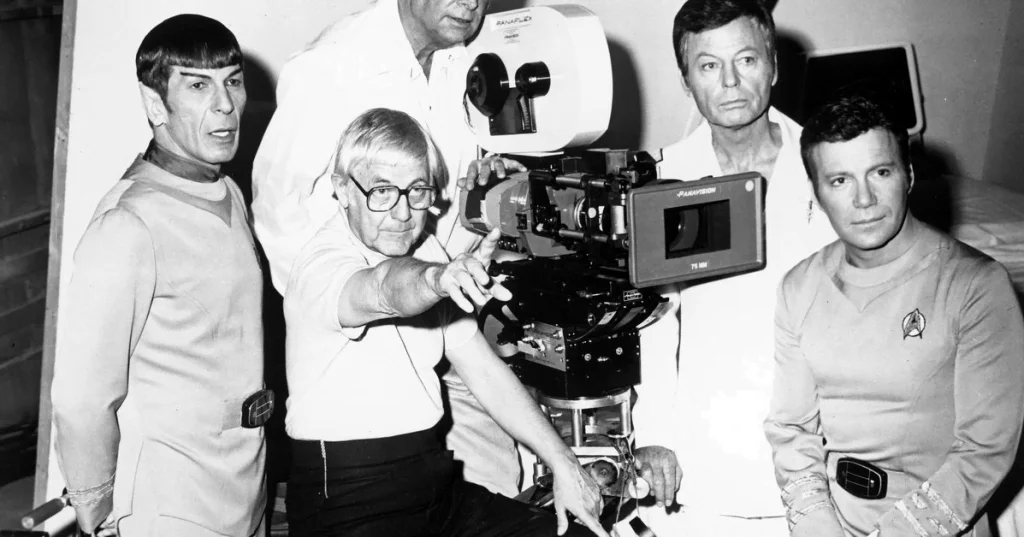Gene Roddenberry’s signature on the first contract for Star Trek with Lucille Ball’s Desilu Productions is now an NFT.

Roddenberry negotiated a deal to fund Star Trek with Lucille Ball’s Desilu Productions in 1965. On Nov. 30, 30 years after the sci-fi legend’s death, that signature was transformed into a nonfungible token (NFT) and inserted into the DNA code of a live bacterium cell.
It’s the first-ever “Living Eco-NFT,” according to Roddenberry Entertainment, and a “real convergence of science and science fiction.” With the division of the organism’s cells, the piece will duplicate and expand.
“As long as the bacteria remains living, the cell can double at a rate that will create over a billion copies of the Eco-NFT overnight.”
It’ll be on display in Miami at Art Basel 2021 as an art work dubbed “El Primero” — Spanish for “The First.”
The clip was co-created by Rational Vaccines’ CEO and Emmy-winning director Agustin Fernandez. “When it comes to data preservation, storing information in DNA provides a whole new category of potential,” he added.
“It provides sustainable, environmentally-friendly storage with exponentially larger capacities than anything the market currently has to offer.”
The NFTs are supported by Metaplex Studios and run on the Solana blockchain (SOL).
“For NFT producers to build on, the Solana blockchain provides an incredibly energy-efficient platform,” stated Stephen Hess, interim CEO of Metaplex Studios.
Dr. Paul Predki was in charge of converting the NFT’s digital data into a DNA sequence, which was subsequently stored in a naturally self-replicating bacterial cell. Collectibles and NFTs abound in the Star Trek universe. Star Trek enthusiasts purchased 125,000 NFT trading cards picturing William Shatner as “Captain Kirk” on the WAX Blockchain in July 2020.
